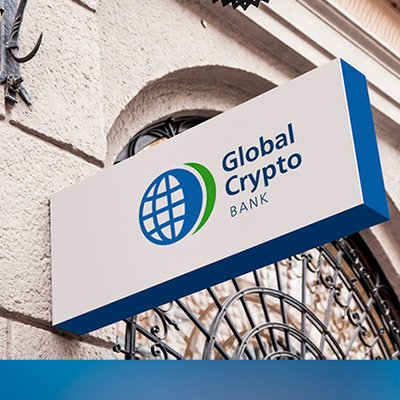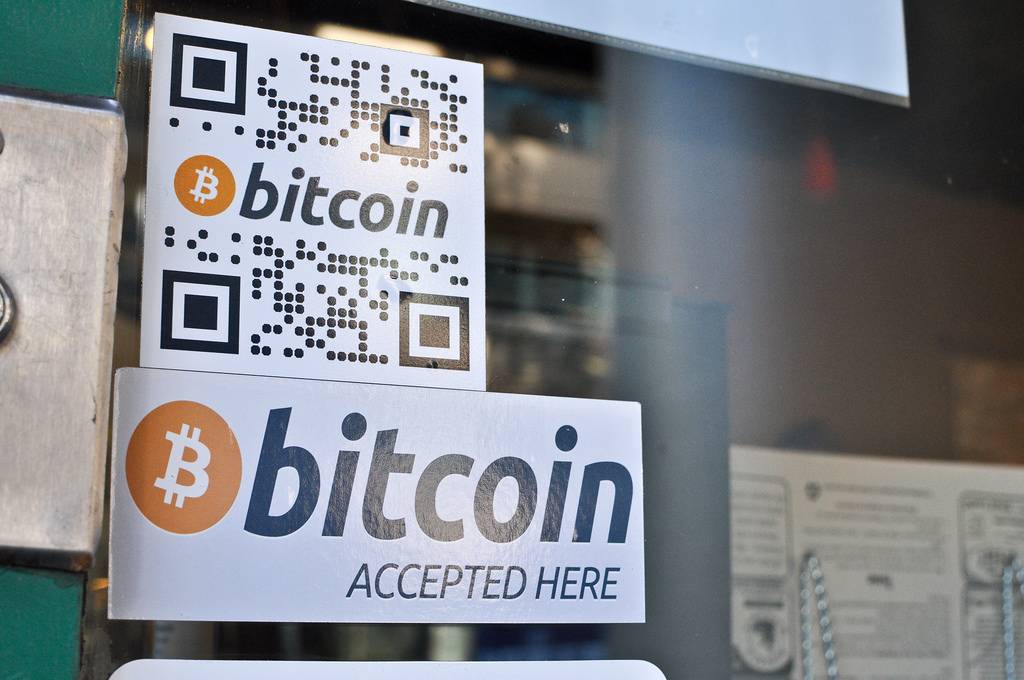Crowdfunding a Cryptocurrency Exchange
Cryptocurrency exchanges are now starting to raise money under the SEC’s crowdfunding rules. The US crowdfunding rules allow a cryptocurrency exchange to raise up to $50 million with various disclosures. Also, the solicitation rules for a crowdfunding campaign offer a lot more room to maneuver than a Reg D offering. In this post, I will explain how to raise money for a cryptocurrency exchange through a crowdfunding offering.
There are two types of crowdfunding permitted under the SEC rules. The first is limited to $1 million and focused and small businesses. The second allows you to raise up to $50 million and is being used by cryptocurrency exchanges in 2018.
In 2016 and 2017, cryptocurrency exchanges were self-funding through ICOs. Those days are gone and the SEC is targeting those who raised money without sufficient consumer protections and without registering their offerings with the agency.
In 2018, cryptocurrency exchanges are focusing on the $50 million crowdfunding exemption, sometimes referred to as a “mini IPO.” Here are the basic rules for a $1 million crowdfunding campaign and a $50 million crowdfunding campaign for a cryptocurrency exchange.
Section 4(a)(6) of the Securities Act, the “crowdfunding exemption”
Offers of securities to the public (which includes offers made over the internet) must be registered with the SEC under the Securities Act of 1933, unless an exemption from registration is available. In 2018, basically all ICOs are considered security offerings by the SEC.
The JOBS Act added a new exemption to the Securities Act, Section 4(a)(6), commonly referred to as the $1 million crowdfunding exemption.
This small crowdfunding exemption allows you to raise up to $1 million over a 12 month period without registration. As you will see below, this exemption is meant to allow you to raise small amounts from many different investors.
The $ million exemption can be combined with any other available exemption or offering. So, you could raise a seed round of $1 million under the crowdfunding exemption and then a traditional Reg D offering of any size.
An investor is limited in the amount he or she may invest in a crowdfunding offering in any 12-month period:
- If either the annual income or the net worth of the investor is less than $100,000, the investor is limited to the greater of $2,000 or 5% of the lesser of his or her annual income or net worth.
- If the annual income and net worth of the investor are both greater than $100,000, the investor is limited to 10% of the lesser of his or her annual income or net worth, to a maximum of $100,000.
That is to say, anyone, no matter their net worth, is allowed to invest in these offerings. What is limited is the amount that they can invest. But, you can market to everyone, not just accredited investors.
These small crowdfunding offerings may be made by any business corporation organized in the United States or a US territory. Thus, the offering can be made by a corporation in Puerto Rico using one of this islands tax incentive programs.
Regulation A Crowdfunding or Mini IPO
Regulation A is broken into two tiers: Tier 1, for offerings of up to $20 million in a 12-month period; and Tier 2, for offerings of up to $50 million in a 12-month period. An issuer of $20 million or less can elect to proceed under either Tier 1 or Tier 2.
Tier 2 issuers are required to include audited financial statements in their offering documents and to file annual, semiannual, and current reports with the Commission on an ongoing basis.
And investor protections are more strict under the Mini IPO than the small crowdfunding exemption. Regulation A+ only allows investors to invest 10 percent of the greater of their annual income or net worth in these securities. The SEC has also implemented other strong investor protections such as background checks on the companies offering the securities, and disclosure of the company’s financial information as part of the offering.
That is to say, purchasers in Tier 2 offerings must either be accredited investors, as that term is defined in Rule 501(a) of Regulation D, or they are limited to the 10% limit above.
You are allowed to “test the waters” under Reg A. You may solicit interest in a potential offering from the general public either before or after the filing of the offering statement with the SEC, so long as your materials include the appropriate disclosures and statements.
Tier 1 issuers usually file once with the SEC after the sale. Tier 2 issuers must file annual and semiannual reports, as well as current reports and, in certain circumstances, an exit report on Form 1-Z, with the Commission.
Conclusion
I hope you’ve found this article on crowdfunding for a cryptocurrency exchange to be helpful. To read the SEC’s statements on these exemptions, see: Jumpstart Our Business Startups (JOBS) Act. Get ready, these laws are hundreds of pages long!
For more information on building, licensing, and funding a cryptocurrency exchange, please contact us at info@premieroffshore.com or call (619) 483-1708. We’ll be happy to assist you to build a cryptocurrency exchange.












Leave a Reply
Want to join the discussion?Feel free to contribute!